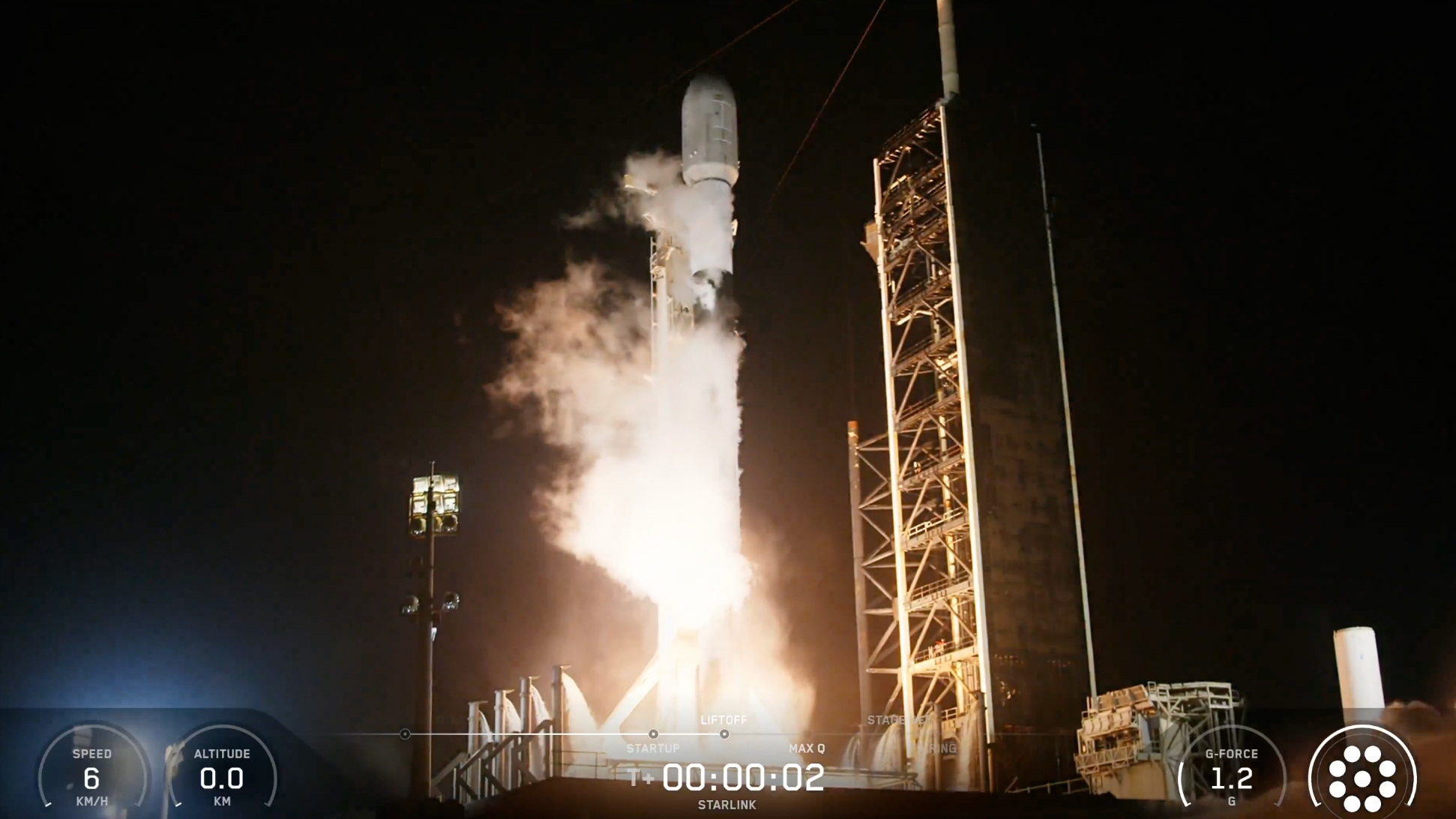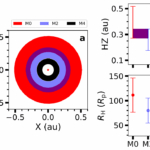Now Reading: Astronomers Confirm Two Exoplanets and Hint at a Third in Unique Binary Star System TOI-2267
-
01
Astronomers Confirm Two Exoplanets and Hint at a Third in Unique Binary Star System TOI-2267
Astronomers Confirm Two Exoplanets and Hint at a Third in Unique Binary Star System TOI-2267


A collaborative effort among astronomers has resulted in the confirmation of two exoplanets and potential evidence of a third in the binary star system TOI-2267. This discovery, made possible through the use of NASA’s Transiting Exoplanet Survey Satellite (TESS) and sophisticated detection software developed by the research team, could enhance our understanding of planetary formation within binary systems.
Launched in 2018 aboard a SpaceX Falcon 9 rocket, TESS is designed to identify exoplanets by observing the faint dips in starlight that occur when these planets transit in front of their host stars. The ability to detect these transient changes in light especially important, as it allows astronomers to identify planets that may exist beyond our solar system.
Sebastián Zúñiga-Fernández, the lead author from the University of Liège in Belgium, detailed the findings: “Our research reveals an intriguing configuration where two planets orbit one star, while a third is found around the companion star. This makes TOI-2267 the first known binary system with planets transecting both of its stars.”
Located approximately 72 light-years from Earth, TOI-2267 comprises two red dwarf stars situated 8 astronomical units apart. In multiple observations in 2019 and 2020, TESS initially identified one exoplanet with an orbital period of about 3.5 days. However, using their specialized software named SHERLOCK to further analyze TESS data, researchers uncovered two additional exoplanets with shorter orbital periods of 2.03 and 2.28 days, although confirmation of the third planet remains pending.
To explore the stability of this unique system, researchers conducted simulations suggesting that the three exoplanets must orbit different stars to maintain a stable configuration. Francisco J. Pozuelos, co-lead of the study at the Instituto de Astrofísica de Andalucía, emphasized that their findings mark a significant milestone, as it is the most compact and coolest known pair of stars with associated planets, and the first binary system demonstrating transiting planets around both stars.
For further validation of the two confirmed exoplanets, the team revisited TESS data during its extended mission and conducted additional observations from 2021 to 2024. Despite TESS’s capacity limitations, which can lead to signal contamination from neighboring stars, ground-based telescopes such as the SPECULOOS North Observatory and TRAPPIST North Observatory were employed to provide corroborative observations. Archival data dating back to 1955 was also analyzed to rule out extraneous influences on the observed signals.
While the findings strongly support the existence of two exoplanets in the TOI-2267 system, the potential third planet could not be confirmed, attributed in part to the limitations of the observational equipment and conditions. Consequently, researchers opted to continue investigations without declaring the third planet confirmed, maintaining a cautious approach until further verifications are possible.
The unique characteristics of the TOI-2267 system raise intriguing questions about the ability of rocky planets to form and persist in close binary environments, where earlier paradigms suggested such configurations might hinder planet formation. “This system serves as a natural laboratory offering insights into the dynamics of rocky planet formation,” noted Pozuelos.
The astronomers are aiming to leverage space telescopes, including Hubble and the James Webb Space Telescope, for more detailed studies. These observations could potentially authenticate the third planet’s existence and clarify the specific orbits of each confirmed planet within the binary arrangement.
Zúñiga-Fernández remarked on the significance of discovering three Earth-sized planets in such close proximity, suggesting that it presents a unique opportunity to advance our understanding of planetary formation in complex settings, potentially shedding light on the diverse planetary architectures that exist throughout the galaxy. The team’s findings were published in the journal Astronomy & Astrophysics on October 24, 2025.
Stay Informed With the Latest & Most Important News
Previous Post
Next Post
-
 012024 in Review: Highlights from NASA in Silicon Valley
012024 in Review: Highlights from NASA in Silicon Valley -
 02Panasonic Leica Summilux DG 15mm f/1.7 ASPH review
02Panasonic Leica Summilux DG 15mm f/1.7 ASPH review -
 03How New NASA, India Earth Satellite NISAR Will See Earth
03How New NASA, India Earth Satellite NISAR Will See Earth -
 04And Thus Begins A New Year For Life On Earth
04And Thus Begins A New Year For Life On Earth -
 05Astronomy Activation Ambassadors: A New Era
05Astronomy Activation Ambassadors: A New Era -
06SpaceX launch surge helps set new global launch record in 2024
-
 07Space Force plans new ‘Futures Command’ amid pressure to speed up modernization
07Space Force plans new ‘Futures Command’ amid pressure to speed up modernization




















